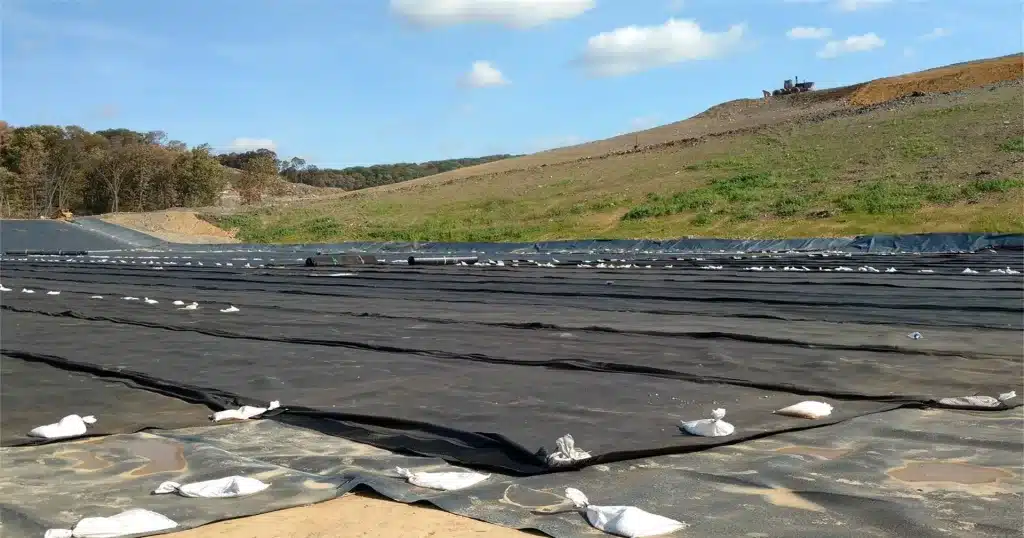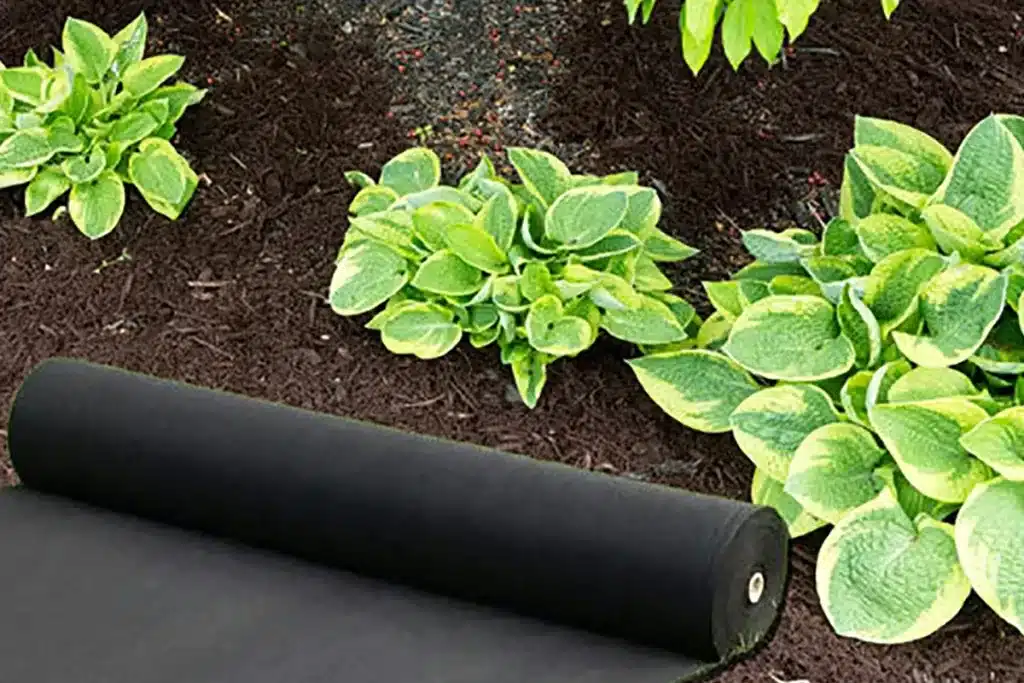+86-159 9860 6917
info@geofantex.com
geofantex@gmail.com
+86-400-8266163-44899
Geotextile fabric is a remarkable material that has found its way into various applications in civil engineering and landscaping. One of its most popular uses is as a fabric to stop weeds, helping gardeners and landscapers maintain pristine, weed-free environments. Woven geotextile fabrics are excellent for preventing weed growth, making them a preferred choice for many landscaping projects. This article will delve into the properties of geotextile fabric, its effectiveness in weed control, and other related questions to provide a comprehensive understanding of this versatile material.
Does Geotextile Fabric Let Water Through?
Yes, geotextile fabric is designed to be permeable. Geotextiles are used to let water through, which means they allow water to pass through while retaining soil particles. This permeability is essential for preventing water buildup and reducing hydrostatic pressure in various applications. In landscaping, it ensures that plants receive the necessary moisture while preventing the growth of weeds by blocking sunlight and limiting their access to the soil.

What Is the Difference Between Geotextile and Landscape Fabric?
Geotextile fabric and landscape fabric are often used interchangeably, but they have distinct differences. Geotextile fabric is generally more robust and designed for heavy-duty applications such as road construction, retaining walls, and drainage systems. It offers superior strength and durability. Landscape fabric, on the other hand, is typically lighter and used primarily for weed control in gardens and landscapes. Landscape fabric is primarily utilized as a physical barrier, whereas drain field fabric is used as a filter. While both allow water to pass through, geotextile fabric provides better separation and reinforcement capabilities.
Does Geotextile Fabric Stop Weeds?
Yes, geotextile fabric is highly effective at stopping weeds. Woven geotextile fabrics are excellent for preventing weed growth by blocking sunlight and limiting weed seed access to the soil, creating an inhospitable environment for weed growth. When used as a weed barrier, it is typically laid on the soil surface and covered with mulch or gravel. This setup not only prevents weeds but also enhances the aesthetic appeal of the landscaping.
How Long Does Geotextile Fabric Last?
The longevity of geotextile fabric depends on several factors, including the quality of the material, exposure to environmental elements, and the specific application. High-quality geotextile fabrics can last up to 20 years or more, especially when used in protected environments such as beneath gravel or mulch. Regular inspection and maintenance can extend its lifespan, ensuring it continues to effectively prevent weeds and support soil stability.
Geotextile fabric is a versatile and durable material that serves multiple functions in civil engineering and landscaping. Its permeability allows water to pass through while retaining soil particles, making it an excellent choice for drainage and erosion control. When used as a fabric to stop weeds, it effectively prevents weed growth by blocking sunlight and restricting access to the soil. Understanding the differences between geotextile and landscape fabric, along with the longevity of geotextile fabric, can help you make informed decisions for your landscaping projects. Whether for heavy-duty construction or maintaining a beautiful garden, geotextile fabric proves to be an invaluable resource.



Get Free Sample
We’ll respond as soon as possible(within 12 hours)






















